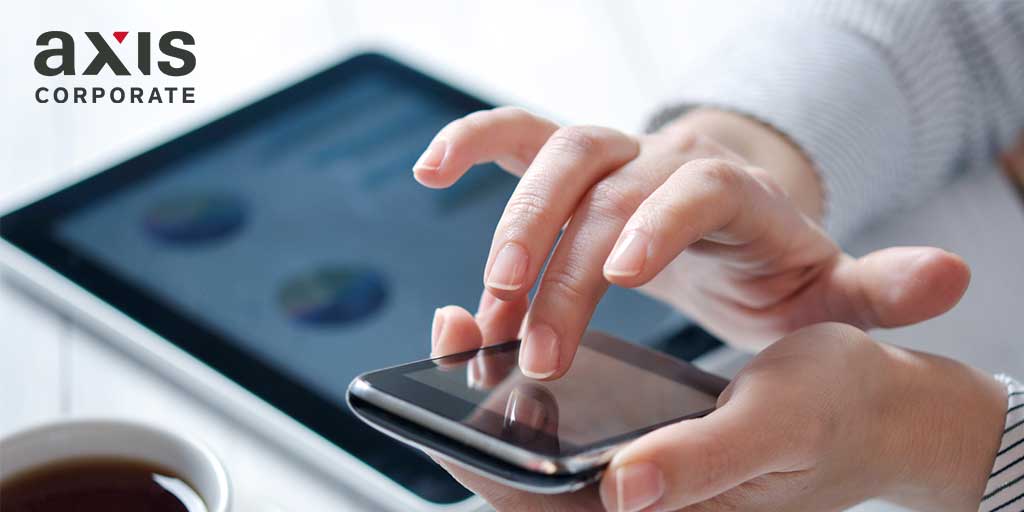
Q & A -Adoption of digital wallets and mobile payments
Using a mobile phone to make in-store payments has been a nationwide service since 2004 in Japan an early adopter , while in the US Google Wallet and the Starbucks payment app launched in 2011, followed by Apple Pay in 2014 and Samsung Pay in 2015. How are these technologies being adopted?
Mobile payments have become mainstream, with, until now, a heavy emphasis on customer experience at retail. eMarketer found that 25% of US consumers make in-store or proximity payments, spread among the 4 players mentioned. According to Analysis, over 30% of Japanese use mobile proximity payments.
Consumer enthusiasm for certain benefits enabled by mobile payments remains high, especially around easier usage of coupons and loyalty points. I see the Starbucks payment app seems to beat the smartphone operating system-based mobile wallets in number of users. What’s behind that?
Starbucks had 23.4 million users against Apple Pay’s 22 million users, followed by Google and Samsung. Starbucks did have a head start of a few years, but also has done a good job of combining not only payments but also loyalty points and offers, in addition to a streamlined store visit. They also made sure to have universal rollout of readers, ready and waiting in every store, even though the QR code used to identify the customer is less-secure than NFC used by the mobile wallet players.
The other mobile wallets do little more than substituting the credit card for payment although they are gaining traction by being faster than waiting for a chip transaction to process. Unfortunately the mobile wallet players do not dictate where the technology is accepted, so the consumer can’t be sure their mobile wallet will work with older payment terminals–and even newer ones where merchants have disabled NFC payment capability.
Will mobile wallets take over e-commerce payments?
Credit cards have a pretty strong position already in remote payments. The Federal Reserve payments survey shows that about 45% of card payments by value are remote payment, with e-commerce a large share of this. Most consumers are already comfortable storing their credit card details with their e-commerce merchant, and even with Starbucks, effectively making the Starbucks app just an e-commerce service disguised as a mobile payments app!
How are mobile wallets going to evolve?
Public transit is going to be a big driver of mobile wallet use for basic payments, NYC’s Metropolitan Transportation Authority (MTA) is launching contactless payment acceptance in 2019. To become pervasive, mobile app developers and merchants need to better understand the interplay between payments and what makes the in-store retail experience rewarding, and specific to each store and sector. WeChat Pay has done a good job of this in China, where consumers didn’t start out with the habit of using credit cards. We will also see more-seamless use of mobile payment apps and mobile e-wallets for making e-commerce purchase from the smartphone without having to enter credit card information, for example with services like Masterpass. Finally, we expect that biometric authentication will play a role in higher-value transactions; since they’re easy to use they could become common for all mobile transactions.
Related Tags
CONTACT THE EXPERT
Case Study
Can Financial Regulation help Social Media fix its Data Crisis?
Media Appearance
Jun 05, 2018




